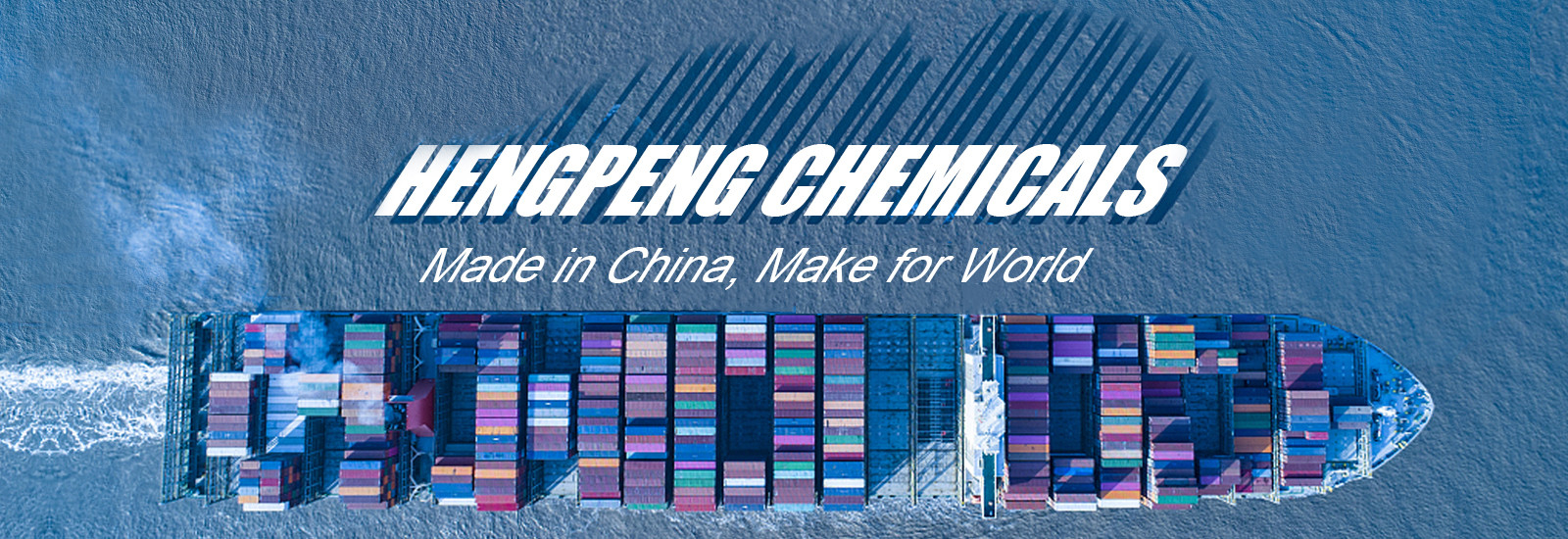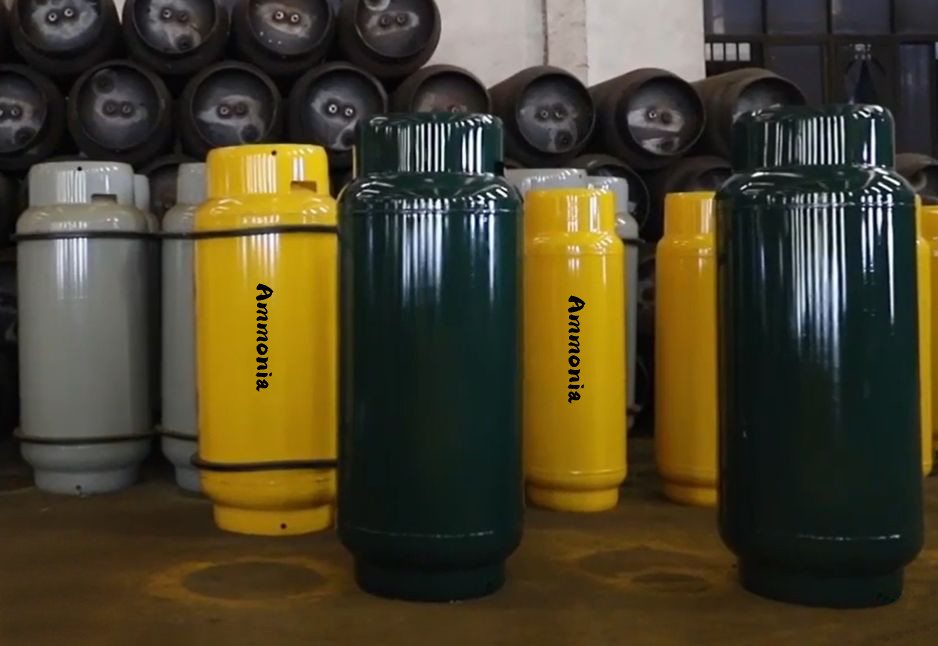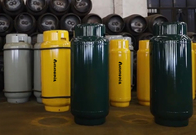High Purity Industrial Grade 99.9% 7664-41-7 NH3 Liquid Ammonia Solvent
Quick Details
> Industrial Grade
> Purity 99.8% Min.
> CAS No. 7664-41-7
> HS Code 2814100000
> For Chemical, Plastic Industry
> Packing Steel Cylinder or ISO tank
Applications
> Fabrics & Dyes
> Rubber & Paper
> Pharmaceuticals
> Waste Treatment
> Household Cleaning
Our Advantages
> One-stop service
> High quality products
> Professional marketing team
> Stable long-term contract supply
> Short lead time with storage at tank in port
> Served hundreds of customers in 10+ countries
Description
Ammonia is an inorganic compound composed of a single nitrogen atom covalently bonded to three hydrogen atoms that is an amidase inhibitor and neurotoxin. It is both manufactured and produced naturally from bacterial processes and the breakdown of organic matter. Ammonia is used in many industrial processes, and as a fertilizer and refrigerant. It is characterized as a colorless gas or compressed liquid with a pungent odor and exposure occurs by inhalation, ingestion, or contact.
Ammonia, anhydrous appears as a clear colorless gas with a strong odor. Shipped as a liquid under its own vapor pressure. Contact with the unconfined liquid can cause frostbite. Gas generally regarded as nonflammable but does burn within certain vapor concentration limits and with strong ignition. Fire hazard increases in the presence of oil or other combustible materials. Although gas is lighter than air, vapors from a leak initially hug the ground. Prolonged exposure of containers to fire or heat may cause violent rupturing and rocketing. Long-term inhalation of low concentrations of the vapors or short-term inhalation of high concentrations has adverse health effects. Used as a fertilizer, as a refrigerant, and in the manufacture of other chemicals. Explosives manufacture; pesticides; detergents industry.
Technical indicators (Industrial Grade)
| Test Items |
Standard Indicator |
| Super |
Grade I |
Grade II |
| Appearance |
Clear Liquid |
Clear Liquid |
Clear Liquid |
| Ammonia ω/% >= |
99.9 |
99.8 |
99.0 |
| Water ω/% <= |
0.10 |
/ |
/ |
| Residue ω/% <= |
0.10 |
0.20 |
0.40 |
| Iron (Fe) (mg/kg) <= |
1.0 |
/ |
/ |
Factory
Ammonia Shipping
FAQ for Ammonia
1. What is ammonia?
Ammonia, also known as NH3, is a colorless gas with a distinct odor composed of nitrogen and hydrogen atoms. It is produced naturally in the human body and in nature—in water, soil and air, even in tiny bacteria molecules. In human health, ammonia and the ammonium ion are vital components of metabolic processes.
2. What is ammonia used for?
About 90 percent of ammonia produced is used in fertilizer to help sustain food production for billions of people around the world. Ammonia has other important uses including its use in household cleaning products and in manufacturing other products.
3. What happens to ammonia in the environment?
Ammonia occurs naturally and is found throughout the environment in soil, air, and water. Ammonia also is renewed naturally as part of the nitrogen cycle that already occurs as plants fertilize. As a result of this natural process, ammonia does not last long in the environment, and it also does not bioaccumulate.
4. How might I be exposed to ammonia?
Ammonia occurs naturally in the environment, so everyone is exposed to low levels at one point or another. It is possible for a person to be exposed to higher levels of ammonia when using cleaning products containing ammonia, or if they live on or near farms where fertilizers are used. It’s also possible to be exposed to higher levels of ammonia if a person spends time in an enclosed building that contains lots of animals.
5. How can ammonia exposure affect my health?
No health effects have been found in humans exposed to typical amounts of ammonia that exist in the environment. Exposure to high levels of ammonia in air may be irritating to a person’s skin, eyes, throat, and lungs and cause coughing and burns.

 Your message must be between 20-3,000 characters!
Your message must be between 20-3,000 characters! Please check your E-mail!
Please check your E-mail!  Your message must be between 20-3,000 characters!
Your message must be between 20-3,000 characters! Please check your E-mail!
Please check your E-mail!



